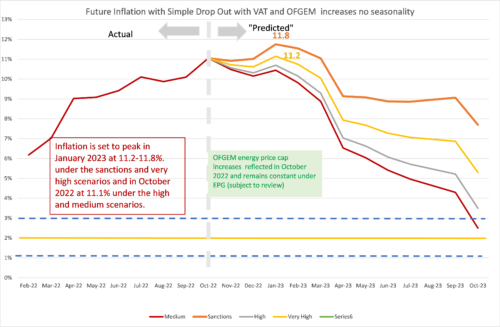
Optimizing Sunlight: Strategic Panel Placement for Efficiency
Solar panel placement plays a pivotal role in maximizing energy production and ensuring the efficiency of a solar power system. This article explores the factors to consider and strategies to determine the optimal placement of solar panels, guiding homeowners and businesses toward harnessing the full potential of solar energy.
Understanding Solar Panel Orientation and Tilt
Determining the most effective orientation and tilt for solar panels is the first step in optimizing sunlight exposure. In the Northern Hemisphere, solar panels generally achieve maximum efficiency when facing true south. The tilt angle, or the angle at which panels are inclined, should be adjusted based on the geographical location. Online tools and solar calculators can assist in finding the ideal orientation and tilt for specific locations.
Consideration of Local Climate and Weather Patterns
Local climate and weather patterns significantly impact solar panel performance. Factors such as the number of sunny days, seasonal variations, and the presence of shading elements like trees or buildings should be taken into account. Conducting a thorough analysis of these climate aspects helps in devising a panel placement strategy that accommodates the natural conditions of the location.
Accounting for Shadows and Potential Obstructions
Shadows cast on solar panels can significantly reduce energy production. Trees, buildings, or nearby structures may cast shadows at different times of the day. Conduct a shade analysis to identify potential obstructions and their impact on sunlight exposure. This analysis aids in strategic placement to minimize shadows and ensure panels receive maximum sunlight throughout the day.
Utilizing Solar Tracking Systems
For those aiming to extract the utmost efficiency from their solar panels, solar tracking systems offer a dynamic solution. These systems allow solar panels to follow the sun’s path, adjusting their position throughout the day. While more complex and expensive than fixed systems, solar trackers can significantly increase energy production by optimizing the angle of incidence.
Roof Space Optimization and Aesthetics
In residential settings, solar panels are often installed on rooftops. Maximizing roof space while maintaining an aesthetically pleasing appearance is a balancing act. Consider the available roof area, the optimal tilt for panels, and spacing between arrays. Integrating solar panels seamlessly into the existing structure ensures both efficiency and visual appeal.
Evaluating Energy Consumption Patterns
Understanding the household or business’s energy consumption patterns is crucial for determining the ideal placement of solar panels. Analyze when energy usage peaks and align panel placement to maximize exposure during high-demand periods. This strategic approach enhances the overall efficiency of the solar power system and can lead to substantial energy savings.
Government Regulations and Local Incentives
Before finalizing solar panel placement, it’s essential to be aware of local regulations and incentives. Some areas may have restrictions on the visibility of solar panels from the street, affecting placement options. Additionally, exploring available incentives or rebates for solar installations can influence decisions on the placement of panels.
Professional Solar Site Assessment
For a comprehensive understanding of the best panel placement, consider a professional solar site assessment. Solar experts use advanced tools and software to analyze the specific conditions of a property. They take into account shading, topography, and other variables to recommend the most efficient and effective placement for solar panels.
DIY Considerations for Panel Placement
While professional assessments provide in-depth insights, individuals can conduct preliminary assessments themselves. Online tools, smartphone apps, and DIY solar calculators help estimate solar potential based on geographical location, roof orientation, and tilt angle. While not as precise as professional assessments, these tools offer a starting point for understanding solar possibilities.
Conclusion: Harnessing Solar Power with Strategic Panel Placement
In conclusion, determining the optimal placement for solar panels involves a strategic approach that considers various factors. From understanding the sun’s path to evaluating local climate conditions and shadows, each consideration contributes to the overall efficiency of a solar power system. To delve deeper into the world of solar energy and strategic panel placement, explore the comprehensive guide at dataharza.my.id. By implementing these strategies, homeowners and businesses can harness the power of the sun more effectively, leading to sustainable energy production and long-term savings.


